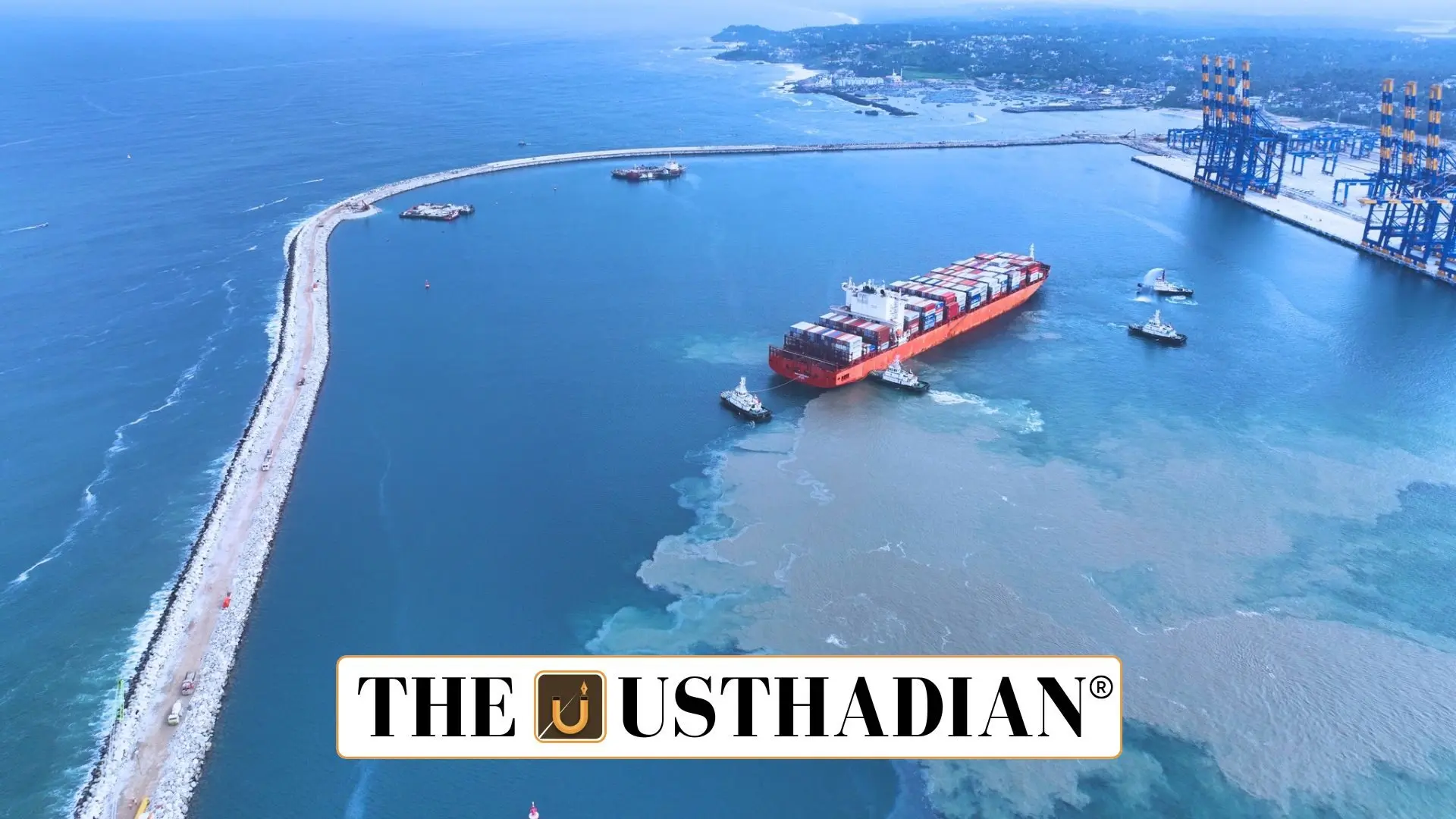Unified Port Operations Through ONOP
One Nation–One Port Strategy Set to Reshape India’s Maritime Sector: The Ministry of Ports, Shipping and Waterways (MoPSW) has unveiled a transformative reform titled One Nation–One Port Process (ONOP) aimed at unifying procedures across all Indian ports. Announced by Union Minister Sarbananda Sonowal, this framework seeks to eliminate procedural disparities, enhance trade efficiency, and lower logistics costs. ONOP intends to make Indian ports more productive and globally synchronized.
Objectives Behind the ONOP Framework
The ONOP reform focuses on introducing uniformity in operational protocols at India’s ports. Through reduced documentation, quicker clearances, and digitally streamlined systems, the initiative is poised to cut logistical delays and costs. It promotes the use of automation and transparency, thereby supporting India’s ambition to emerge as a self-reliant maritime powerhouse under the Atmanirbhar Bharat initiative.
Launch of Sagar Ankalan and LPPI Index
To complement ONOP, the government has introduced Sagar Ankalan, which includes the Logistics Port Performance Index (LPPI) 2023–24. This index ranks ports based on parameters like efficiency, sustainability, and logistics readiness. LPPI encourages competitive improvement by rewarding high-performing ports and pushing others to adopt eco-friendly operations and globally benchmarked practices.
Global Vision: Bharat Global Ports Consortium
The launch of the Bharat Global Ports Consortium marks India’s next big step in maritime diplomacy. This initiative focuses on enhancing international port connectivity, encouraging foreign direct investment (FDI), and facilitating partnerships with foreign port authorities. It aims to position India as a key player in global maritime supply chains and build strategic infrastructure to support bilateral and multilateral trade.
Driving Smart and Sustainable Port Innovation
India’s maritime future involves adopting smart port technology, including AI-based systems, blockchain integration, and cybersecure frameworks. The shift toward renewable energy and implementation of tools like electronic bills of lading and AI-powered cargo tracking reflects a commitment to modern logistics. These reforms align with the goals of the Sagarmala Programme, which promotes port-led economic development.
STATIC GK SNAPSHOT
One Nation–One Port Strategy Set to Reshape India’s Maritime Sector:
| Aspect | Details |
| Recent Launch | One Nation–One Port Process (ONOP) |
| Key Ministry | Ministry of Ports, Shipping and Waterways |
| Initiative Lead | Sarbananda Sonowal |
| Linked Programs | Sagar Ankalan, LPPI 2023–24, Bharat Global Ports Consortium |
| Primary ONOP Goal | Standardization and digitization of port activities |
| Purpose of LPPI | Measure logistics quality, turnaround time, and eco-initiatives |
| International Focus | Strengthen maritime trade with FDI and global connectivity |
| Vision Pathway | Supports Atmanirbhar Bharat and Viksit Bharat @2047 |
| Strategic Objective | Make India a leading maritime economy in the world |








